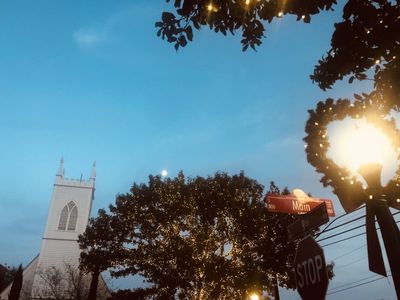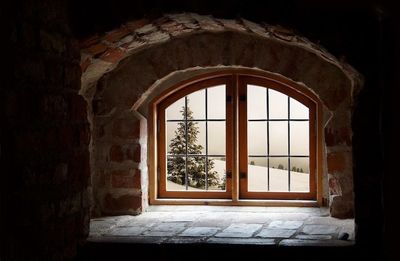Fall is a season I often delay as long as possible. Without kids (and a school calendar to follow), it’s easy for me to keep a summer mindset deep into September. I go out for ice cream every warm Saturday. I wear insufficient ballet flats with ankle-length pants while other people break out their fall boots and scarves. I coax the summer-weary plants on my balcony to hang on just a bit longer, sheltering them with old towels during an overnight frost.
Geography is partly to blame for my seasonal reluctance. I’ve always lived in a land of long winters. I know that after pumpkin-flavored-everything time, it will get cold and dark. It’s hard to be wistful about “sweater weather” when it lasts for seven months.
Some years I ignore autumn so long that I nearly miss it. On a brisk day in late October, I’ll suddenly notice the auburn oaks and blond cornfields (the very last of our fall color) and feel a flash of regret. I don’t want to rush the seasons, but I don’t want to miss them either.
If you set your calendar by the sun—rather than the Starbucks drink menu—fall officially begins this Monday, September 23. Despite my reputation for reluctance, this year I want to welcome the change. Here are five ways I plan to embrace the fall season:
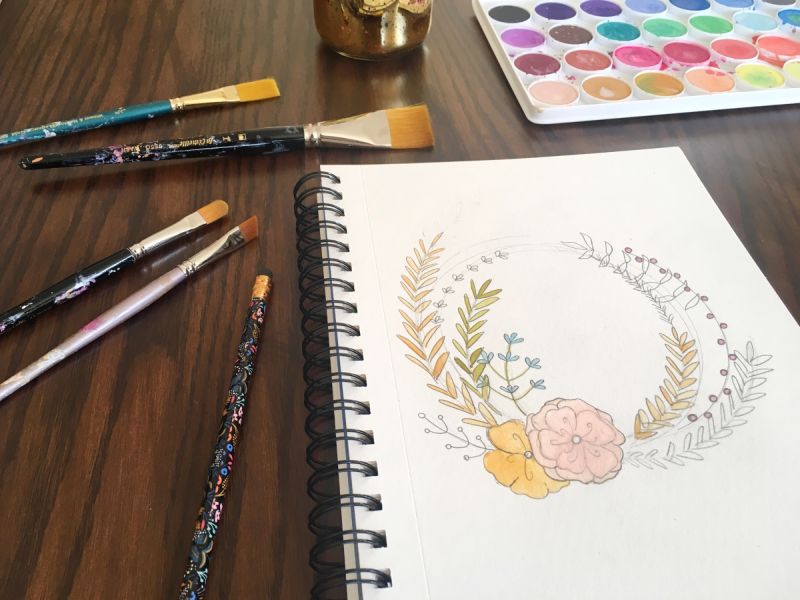
1. Start a fall sketchbook.
Drawing and painting are two of my favorite hobbies, yet I don’t do them nearly as often as I’d like. Sometimes it’s a lack of time, but it’s often a lack of inspiration and the pressure to produce something significant. (Crystal recently shared some great thoughts on this inner tension.)
A few months ago, I discovered 50 Ways to Draw Your Beautiful, Ordinary Life, a book by the editors and illustrators of Flow magazine. The book is a series of drawing lessons that use common household objects as their subjects. It’s inspired me to start a fall sketchbook that will be a simple visual diary of my life over the next month or so.
Each day I’ll draw or paint something simple and small from my everyday life: an apple I buy from a trip to an orchard, a pair of earrings, a favorite mug, one of our houseplants. I’m looking forward to this practice because it’s a break from my normal creative routine (lots of writing) and is a small way to pay more attention to my life as it is right now.
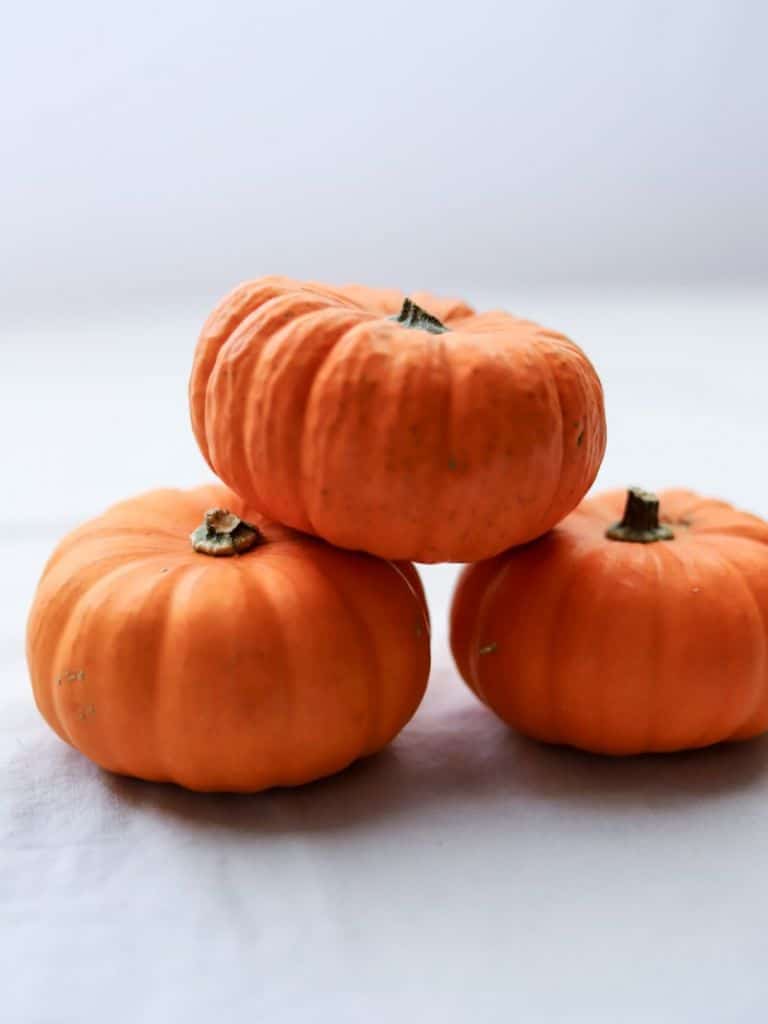
2. Use a new color scheme in our home.
When it comes to seasonal decorating, I tend towards a minimalist approach. We live in an apartment so we have limited surfaces to decorate and limited storage for the decorations once the season passes. Despite this, I still like to change some things in our home to reflect the season.
I think color and texture can do a lot to make a room say “summer” or “fall.” The standard color palette of our living room is gray, white, and mustard yellow. This is the same year-round because I’m not about to buy a new sofa or sew new curtains. Instead I change the accent colors with each season. Next week I’ll replace my summer corals and blues with more muted shades of purple and teal.
The changes are small but significant enough to me. I’ll replace the covers on my throw pillows with new ones and swap out a few accessories such as candles and picture frames. Then I’ll add some new textures by unpacking the wool throws we bought in Wales and Scotland. And lastly, I’ll probably buy some mini gourds and pumpkins to scatter around the living room. (I have a hard time passing up mini pumpkins.)
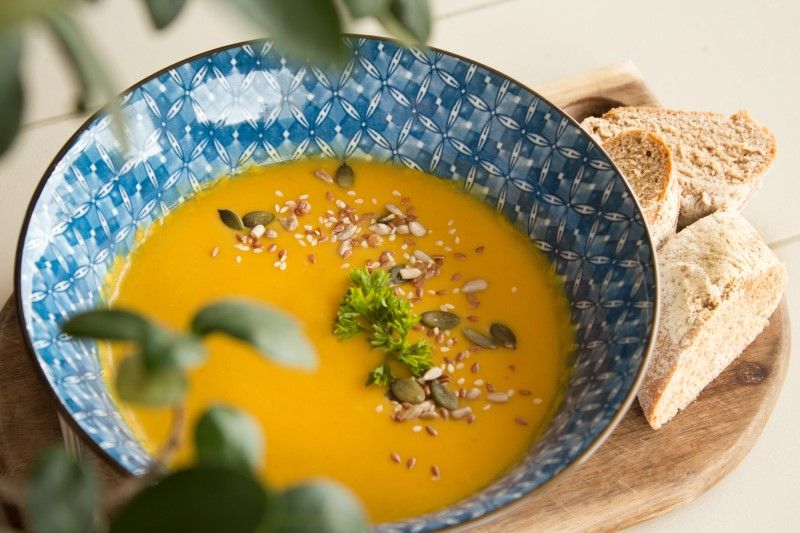
3. Create a seasonal menu.
Restaurants change their menus with the season and I like to do the same thing. There are some meals that will always be in our dinner rotation (frozen pizza, dinner salads, tacos) but a new season inspires me to refresh our menu a bit. I’m currently researching new fall recipes and pulling out old favorites. Here are some of my favorite recipes for the colder months:
- Autumn Bliss Salad
- White Chicken Chili
- Penne with Butternut Squash and Goat Cheese
- Cranberry Pumpkin Bread (Try this with fresh whole cranberries and top it with pepitas.)
- Homemade Chai Concentrate
- Pumpkin Spice Syrup (for lattes)
4. Get outside no matter the weather.
Hibernation is a tempting habit in the fall and winter, but I know I’ll be healthier and happier if I keep spending time outside as much as I can. Since we always run a 5K on Thanksgiving Day, I try to run outdoors regularly at least until then. Then throughout the fall and winter we’ll continue to hike on the weekends whenever possible. Even when the days turn gray and cloudy, our minds and bodies continue to reap the benefits of spending time outdoors.
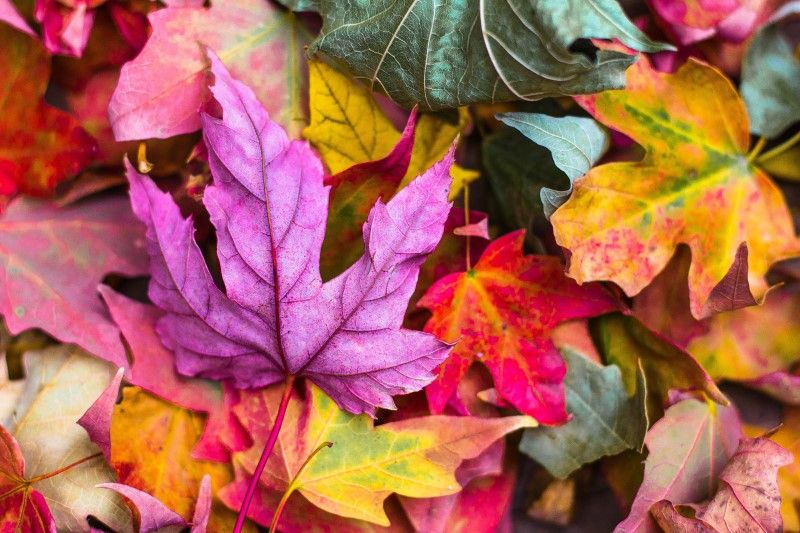
5. Remember autumn’s paradox.
A few years ago I read a book called Daily Office and one of the fall entries offered an encouraging perspective on seasonal change. It ended with a beautiful passage from writer and activist Parker Palmer that I revisit each fall:
“Autumn is a season of great beauty, but it is also a season of decline: the days grow shorter, the light is suffused, and summer’s abundance decays towards winter’s death…In my own experience of autumn, I am rarely aware that seeds are being planted…But as I explore autumn’s paradox of dying and seeding, I feel the power of metaphor. In the autumnal events of my own experience, I am easily fixated on surface appearances—on the decline of meaning, the decay of relationships, the death of a work. And yet if I look more deeply, I may see the myriad possibilities being planted to bear fruit in some season yet to come. In retrospect, I can see in my own life what I could not see at the time—how the job I lost helped me find work I needed to do, how the ‘road closed’ sign turned me toward terrain I needed to travel, how losses that felt irredeemable forced me to discern meanings I needed to know. On the surface, it seemed that life was lessening, but silently and lavishly the seeds of new life were always being sown.”
When the falling leaves and shorter days tempt me to pessimism in the weeks ahead, I’ll remember Palmer’s words. Autumn can be a time of celebration. It can be a time of regret. It can also be a season that teaches us about our own lives. This weekend I’ll buy my first pumpkin spice latte of the year and raise a toast to all the scattered seeds that will thrive in a season yet to come.


